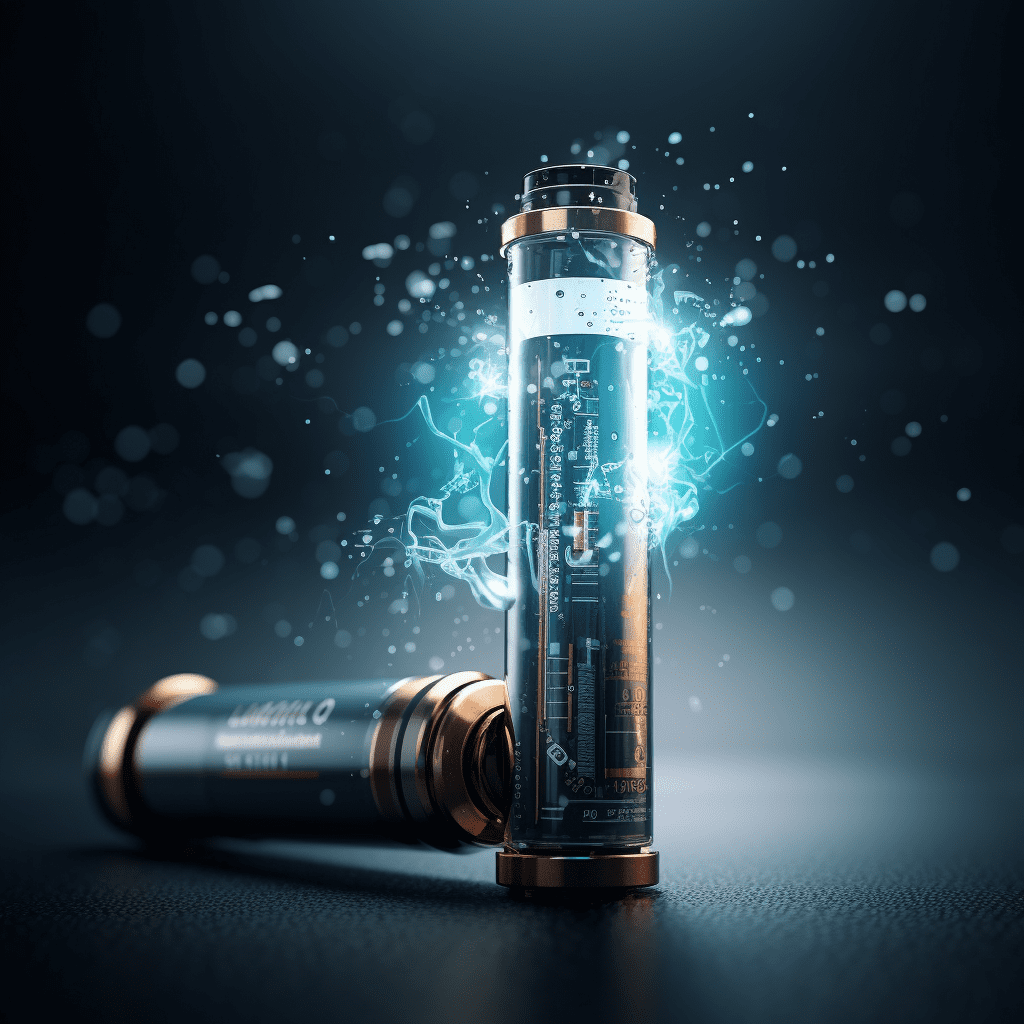The SEABAT project is a groundbreaking initiative focused on advancing electrification in the maritime sector to significantly reduce emissions. By developing a full-electric hybrid concept that combines modular high-energy and high-power batteries, SEABAT aims to lower costs and enhance efficiency in maritime operations, paving the way for a more sustainable future.
What is the SEABAT project and its main objectives?
The SEABAT project, funded by the European Union’s Horizon 2020 program, aims to develop a fully electric hybrid maritime concept that integrates advanced battery technology to reduce emissions from shipping. Its primary objectives include:
- Developing Modular Battery Solutions: Creating high-energy and high-power battery systems that can be easily integrated into various vessel designs.
- Cost Reduction: Achieving a total cost of ownership reduction of 35-50% compared to existing marine battery systems.
- Enhancing Efficiency: Minimizing battery oversizing and environmental impact through innovative design and technology.
Chart: SEABAT Project Objectives Overview
| Objective | Description |
|---|---|
| Modular Battery Solutions | High-energy and high-power integration |
| Cost Reduction | 35-50% lower total cost of ownership |
| Efficiency Enhancement | Minimized oversizing and environmental footprint |
How does SEABAT aim to reduce costs associated with maritime battery systems?
SEABAT aims to reduce costs through several strategies:
- Standardization: Developing modular components that can be used across various vessels, allowing economies of scale.
- Innovative Production Techniques: Leveraging automotive industry practices for efficient manufacturing processes.
- Integration of Technologies: Combining high-energy batteries with high-power batteries to optimize performance while reducing overall system costs.
Chart: Cost Reduction Strategies
| Strategy | Expected Impact |
|---|---|
| Standardization | Economies of scale |
| Innovative Production | Lower manufacturing costs |
| Technology Integration | Optimized performance at reduced costs |
What are the key technologies being developed in the SEABAT project?
The SEABAT project focuses on several key technologies:
- Hybrid Battery Systems: Combining different types of batteries (high-energy and high-power) to meet varying power demands efficiently.
- Advanced Converter Concepts: Developing new converters that facilitate better energy management between batteries.
- Thermal Management Solutions: Implementing effective cooling systems to enhance battery performance and longevity.
Chart: Key Technologies Overview
| Technology | Description |
|---|---|
| Hybrid Battery Systems | Integration of high-energy and high-power batteries |
| Advanced Converters | Improved energy management |
| Thermal Management | Enhanced cooling for battery longevity |
Why is hybridization important for maritime electrification?
Hybridization plays a crucial role in enhancing the efficiency and effectiveness of maritime electrification:
- Optimized Power Usage: By utilizing both high-energy and high-power batteries, vessels can better manage their energy needs, ensuring sufficient power during peak demands without oversizing.
- Extended Battery Life: Hybrid systems can distribute loads more evenly, reducing stress on individual cells and prolonging overall battery life.
- Flexibility in Operations: The ability to switch between different power sources allows vessels to adapt to varying operational conditions efficiently.
Chart: Benefits of Hybridization
| Benefit | Description |
|---|---|
| Optimized Power Usage | Efficient energy management |
| Extended Battery Life | Reduced stress on battery cells |
| Operational Flexibility | Adaptability to changing conditions |
What are the expected outcomes and future implications of the SEABAT project?
The expected outcomes of the SEABAT project include:
- Validated Hybrid Solutions: Successful development of hybrid battery systems capable of supporting capacities over 1 MWh.
- Roadmap for Implementation: A comprehensive strategy for integrating these technologies into existing maritime operations.
- Increased Market Adoption: By demonstrating cost-effectiveness and efficiency, SEABAT aims to promote wider adoption of electric vessels across Europe.
Chart: Expected Outcomes
| Outcome | Description |
|---|---|
| Validated Hybrid Solutions | Proven performance at capacities over 1 MWh |
| Implementation Roadmap | Strategy for integration into maritime operations |
| Market Adoption | Increased use of electric vessels in Europe |
Latest News
The SEABAT project continues to make strides in reducing emissions within the maritime sector by focusing on innovative hybrid battery solutions. Recent developments indicate promising results from trials aimed at validating system performance, with expectations that these advancements will facilitate broader adoption of electrified shipping solutions across Europe.Editor Comment
“The SEABAT project represents a significant leap towards sustainable shipping,” says Dr. Elena Martinez, an expert in renewable energy technologies. “By addressing both cost and efficiency challenges, it paves the way for a cleaner maritime industry that can meet future environmental standards.”






